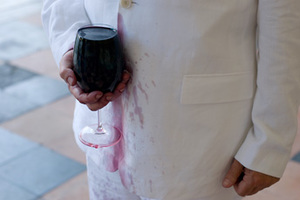Foreign Policy magazine is just out with a list of “ten traditions you never thought needed protecting,” a riff on the latest UNESCO List of Intangible Culture — the article poked fun at some items on the list, like “banguettes and brie” (actually, “the gastronomic meal of the French”), a wrestling festival in Turkey, and “the scissors dance” of Peru (pictured below). The roster — 46 new items in all — also includes such cultural treasures as Spanish Flamenco, Kumiodori — the traditional Okinawan musical theater, and rug weaving techniques of several countries.
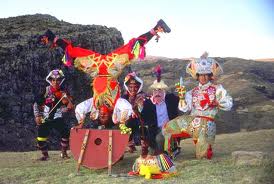 It’s a fascinating list — have a look.
It’s a fascinating list — have a look.
Foreign Policy‘s humor reminded me of something on my mind recently: Are we, as a country, defining the arts down? (I borrow from the late Sen. Daniel Patrick Moynihan, who wrote a landmark article in 1993 called “Defining Deviancy Down,” which criticized our liberal culture for normalizing deviant behavior.)
I recently learned from that in some schools, for example, arts education includes the “gastronomic arts.” So not only is there little arts education to begin with, but classes in food have replaced any exploration of music and the visual arts.
The National Endowment of the Arts recently published its “first-ever” study of outdoor arts festivals — “small-town affairs, with most festivals (77 percent) taking place in towns with fewer than 250,000 residents, and 39 percent of these in towns with fewer than 10,000 people. Festivals also provide education, employment, and volunteer opportunities to local residents. Outdoor arts festivals rely heavily on volunteers…”
You can argue that such festivals offer the arts, but at what quality? And I wonder if the NEA should be spending money studying them instead of grappling with more difficult issues.
I could list any number of museum exhibitions that, in the old days, would never have filled the galleries of a prestigious museum, but here’s just one: Forty: The Sabres in the NHL, which is currently occupying space at the Albright-Knox Art Gallery in Buffalo. It consists of 200 photographs, plus a video and film exhibition, chronicling the history of that hockey team.
A couple of recent posts provide others examples (here and here).
I’d be curious to learn of other examples where the arts have been defined down. Thoughts?

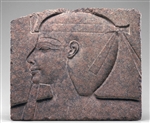 Ever walk through a museum and see a painting that just doesn’t look right? I have, and it always raises questions in my mind. Is the painting a fake? Is it my eye? Has the museum been tricked, or has it simply not bothered to check on a painting that was, perhaps, donated? Once, when I mentioned a particular work in one American museum to an expert on the artist, he speculated that the work had been donated and that the museum did not want to offend the donor by investigating authenticity.
Ever walk through a museum and see a painting that just doesn’t look right? I have, and it always raises questions in my mind. Is the painting a fake? Is it my eye? Has the museum been tricked, or has it simply not bothered to check on a painting that was, perhaps, donated? Once, when I mentioned a particular work in one American museum to an expert on the artist, he speculated that the work had been donated and that the museum did not want to offend the donor by investigating authenticity. 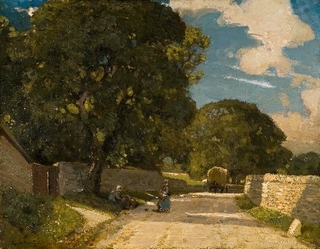 DIA’s exhibition assesses about 50 paintings, sculptures, photographs, prints, drawings and decorative arts from throughout its collections in European, African, American, Asian, Islamic and Ancient Near Eastern. It explores attribution, authenticity, and other research mysteries.
DIA’s exhibition assesses about 50 paintings, sculptures, photographs, prints, drawings and decorative arts from throughout its collections in European, African, American, Asian, Islamic and Ancient Near Eastern. It explores attribution, authenticity, and other research mysteries. 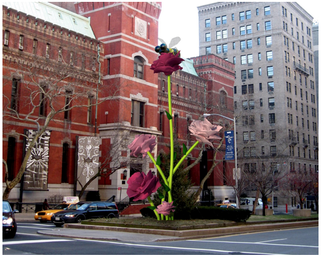
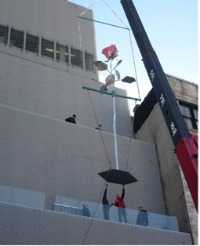 It’s Ryman’s first public art exhibition, and will run through spring — until May 31.
It’s Ryman’s first public art exhibition, and will run through spring — until May 31.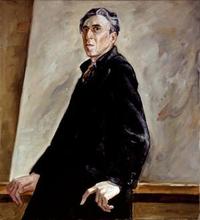
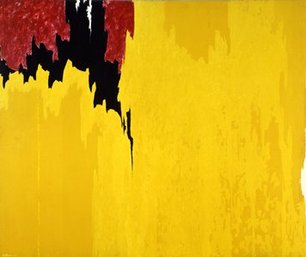
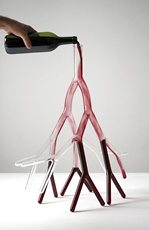 Now comes How Wine Became Modern: Design + Wine 1976 to Now at the San Francisco Museum of Modern Art, opening on Saturday. It seemed only right to weigh in. Do we applaud, for the same reasons, or think it’s pandering and pop culture (not art)?
Now comes How Wine Became Modern: Design + Wine 1976 to Now at the San Francisco Museum of Modern Art, opening on Saturday. It seemed only right to weigh in. Do we applaud, for the same reasons, or think it’s pandering and pop culture (not art)?